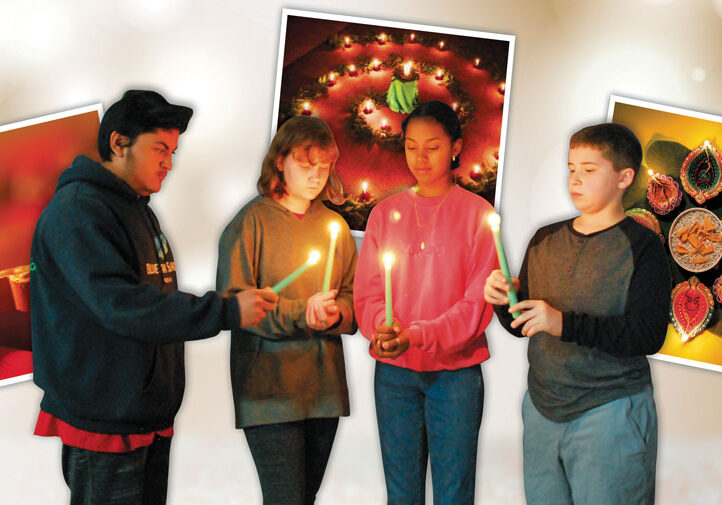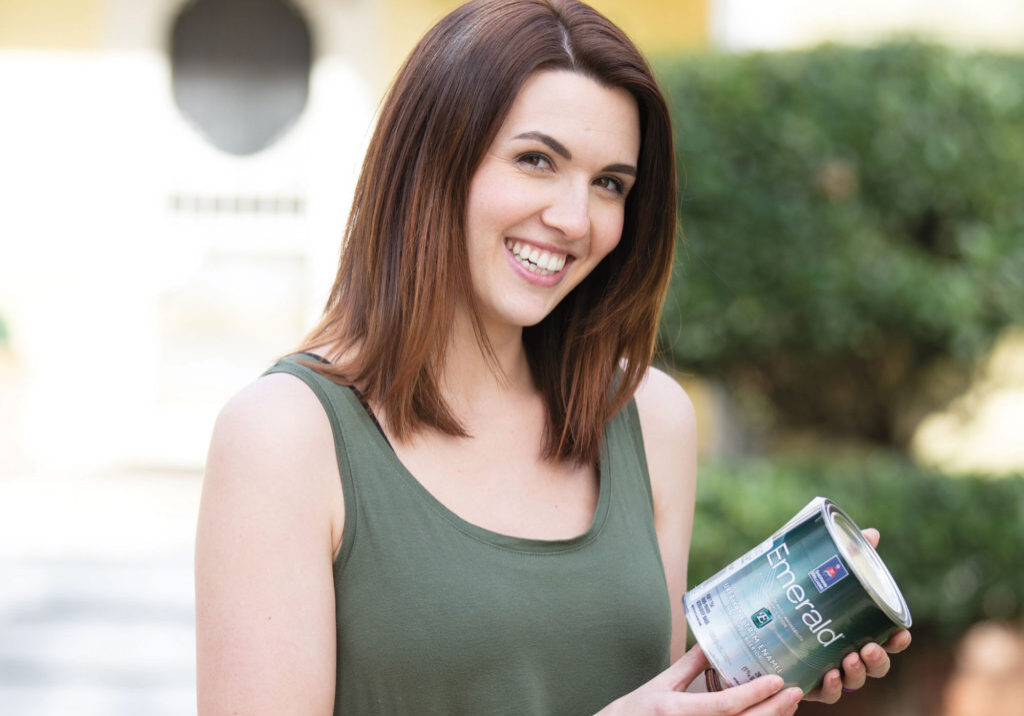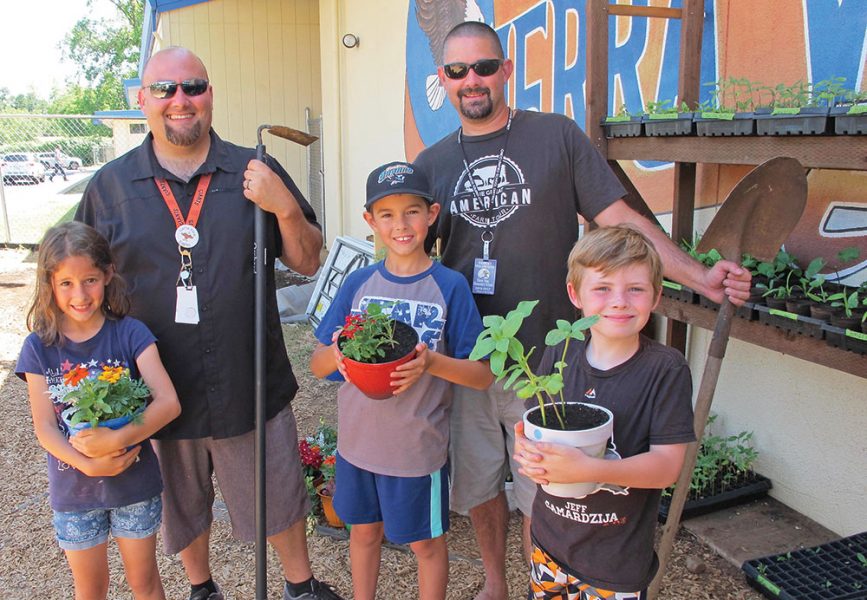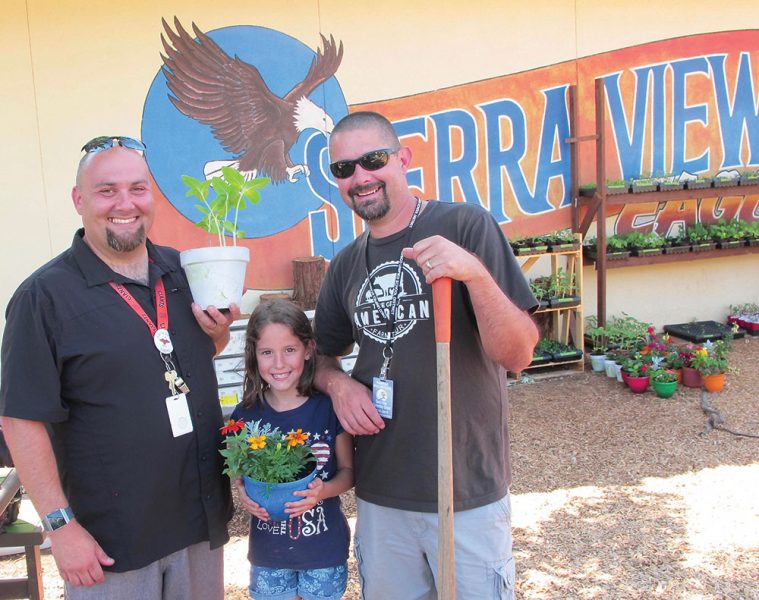Introducing Elementary School Kids To The Origins Of Our Food
Gardening Dads
Justin Ingersoll and Ryan Fabian have cast a strange spell at Sierra View Elementary School in Chico, CA – one that makes kids beg to eat vegetables. On one rainy day, for example, pent-up energy had the kids “going crazy,” says Justin. “But the whole class went pin-drop quiet for the chance to eat a pea.”
When Sierra View’s PTA decided to revive the neglected school garden, Justin and Ryan, both stay-at-home dads who also run their own businesses, decided to take the opportunity to invest in their children’s gardening education. Ryan’s second-grade son Jackson and Justin’s children, Cole, in the fourth-grade, and second-grader Caitlyn attend Sierra View.
Sierra View Principal Mele Benz describes the garden project as “a great example of synergizing. A group of parents who didn’t know each other came together with different talents and a mutual vision to create a green learning space on our campus.”
Ryan and Justin brought their hands-on expertise. Funded by donations, the duo constructed redwood garden boxes, installed irrigation lines, and planted the new garden, all within three months’ time. “A year later,” Mele says, “Justin and Ryan are fixtures in the garden, teaching our students the origin of their food, and sparking a passion for growing food. Our Garden Dads are awesome!” Since January 2017, the two dads have volunteered about 1,200 hours at the school.
Teaching in the Garden
Teachers sign their classes up for down-in-the-dirt learning in the garden as frequently as once or twice a week. Ryan and Justin have created their own curriculum, engaging kids in all aspects of gardening. “From preparing to harvesting, we demonstrate and then let the kids do it,” says Justin. This spring students planted “three sisters seed gardens”, consisting of squash, corn, and beans, in small pots to take home. Before that, kids worked on seed identification and studied how seeds germinate. “In the fall,” Justin says, “we’ll talk about the harvest. Every month is a new, seasonally-based lesson.” Regardless of the season, Ryan adds, eating fresh produce has become a non-negotiable aspect of every visit. “When we don’t feed them something from the garden, they are heartbroken. One day they ate raw sage, that’s how excited they are to be out here! Seeing these guys get excited is what keeps us in the game.”
The garden boasts an admirable array of herbs, fruits and vegetables. The winter harvest produced treasures such as a 4.5-pound head of cauliflower and a carrot as big as eight-year-old Jackson’s forearm. “Most kids have never seen a carrot pulled out of the ground,” says Ryan. “Schools often teach nutrition but there is often this gap of understanding where our food starts before it ends up on your plate. Giving that to the kids is priceless. You see these ‘aha’ moments, especially for the younger kids.”
Eating What We Grow
Produce from the garden goes to the cafeteria, where kids now gobble up nearly 100 pounds of vegetables a week, compared to about 25 pounds a week before the garden project. When the garden produces too much for the cafeteria to handle, the garden dads share the surplus, so kids can expose their families to local, sun-ripened, pesticide-free fruits and vegetables. Ryan says parents “come thank us for the fact that their kids eat broccoli now!”
Ryan grew up gardening with his parents on acres of land. “My parents were garden hippies,” he says with a laugh. Justin, on the other hand, taught himself about gardening. “As soon as my wife and I bought our house, we started with mini gardens in wine barrels. Then we moved because we didn’t have enough room to grow!” The sustainability of gardening, as well as “knowing what’s not on my food” drew Justin’s attention to gardening. Now, both dads have the joy of watching their children fall in love with gardening. All three kids, as well as many other students, often choose to spend recess in the garden instead of on the playground.
“It’s an opportunity to give back to our kids,” says Ryan, “knowing that they will benefit and so will their peers and even future generations. This garden is built to last for years.” As Ryan’s son Jackson enthusiastically declares, “This place should be open forever!”
Posted in: Community
Comment Policy: All viewpoints are welcome, but comments should remain relevant. Personal attacks, profanity, and aggressive behavior are not allowed. No spam, advertising, or promoting of products/services. Please, only use your real name and limit the amount of links submitted in your comment.
You Might Also Like...

Sharing the Festival of Lights
The holidays can be a time of reverence for many community members. Jennifer Adams of Blue Oak Charter School in Chico, CA, believes that Blue Oak’s annual “Festival of Lights” […]

Valley Oak Children Services Celebrates 40 years!
As an acorn becomes a mighty oak tree, Valley Oak Children’s Services has grown from a grassroots effort to a healthy community organization. Founded in 1980 as Butte County’s […]

Paint Your House from Prep to Finish
Does your home’s exterior need a facelift? Painting your house doesn’t have to cost an arm and a leg. A bit of prep work and a fresh coat of paint […]
Plates for People – and the Planet
Mount Shasta’s Cheryl Boerger is saving the planet, one plate at a time. As a community service, she provides reusable plates, cutlery and glasses for various events, fundraisers and meetings […]





